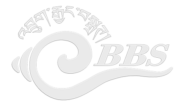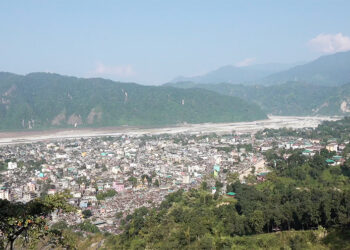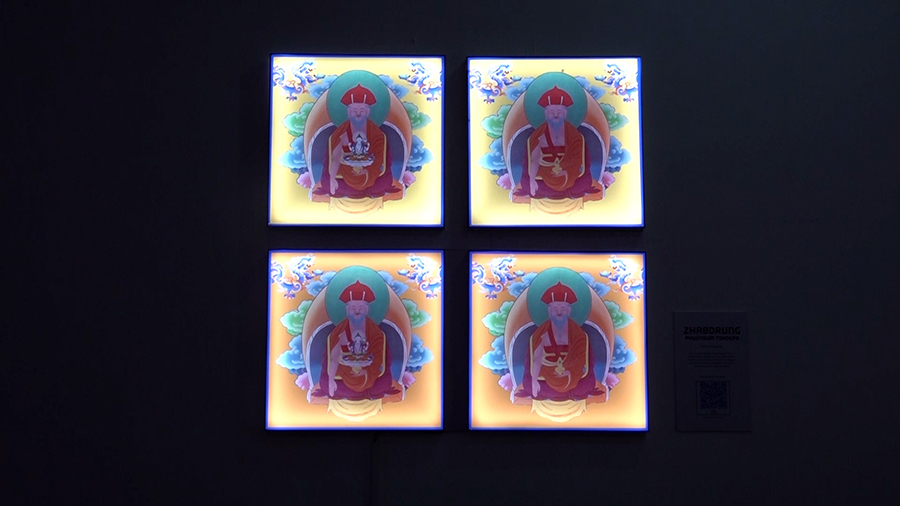 The pilot NFT project that began in June this year has been a success. All eight digitised artefacts put up for sale during the launch have already found buyers. Collectors from abroad are showing interest in these pieces, which are drawn from Bhutan’s rich and age-old heritage. An NFT or non-fungible token is a digital art piece that you own on the internet.
The pilot NFT project that began in June this year has been a success. All eight digitised artefacts put up for sale during the launch have already found buyers. Collectors from abroad are showing interest in these pieces, which are drawn from Bhutan’s rich and age-old heritage. An NFT or non-fungible token is a digital art piece that you own on the internet.
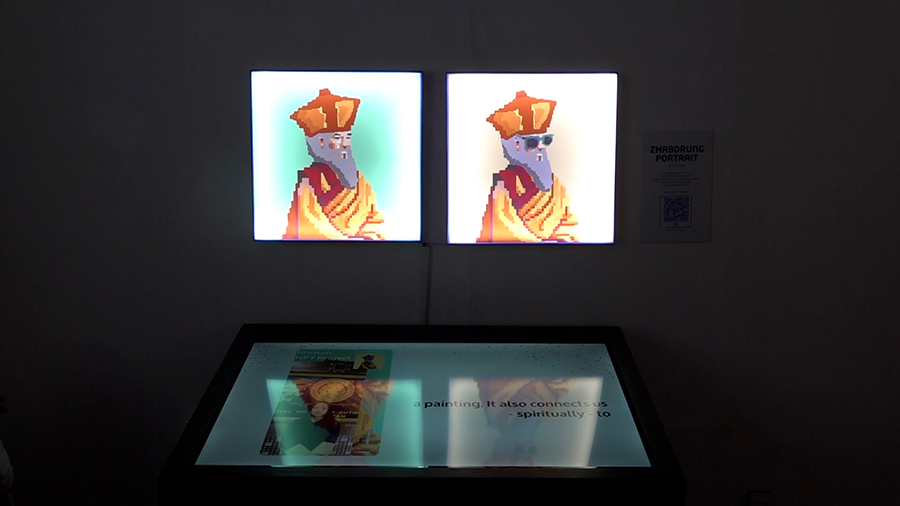 The NFT project was launched earlier in June this year.
The NFT project was launched earlier in June this year.
The NFTs put on sale were priced between Nu 60,000 to 150,000 per piece.
Foreigners bought all eight NFTs at a cost of over a million ngultrum.
OpenSea, an online marketplace that allows users to buy, sell, and create NFTs, was used to do the business.
Young local artists created the digitised artefacts who learnt about creating and deploying NFTs on blockchain themselves.
“The blockchain technology offers us plenty of opportunities in fields such as tokenisation of assets, enabling faster and safer transactions, as well as investment opportunities. This also reinforced my belief that technology, when used mindfully, can provide us with new ways to preserve our cultural heritage as well as open up new opportunities in Bhutan’s creative industries,” said Juma Lhazey, a digital artist.
“Artists, especially Bhutanese, can create their creations and then sell them in the form of an NFT. Then, when they can sell it around the world and when the value increases, not only can it benefit the economy but also get the recognition of our country and our culture and traditions,” said Jigme Dorji Tobgyal, another digital artist.
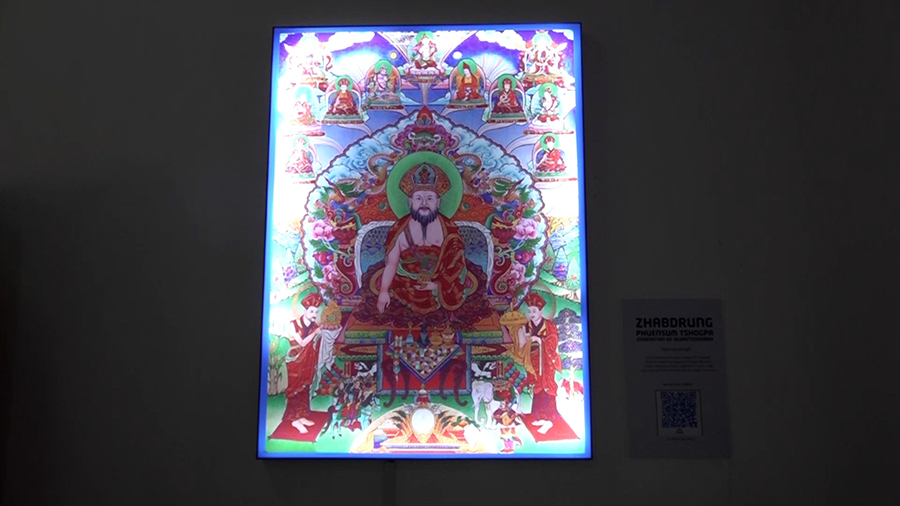 Building on the success of the pilot phase, upcoming collections will feature ritual objects, thangkas, manuscripts, and textile masterpieces from artefacts in the National Museum of Bhutan in Paro, the Royal Heritage Museum in Trongsa, and the Textile Museum in Thimphu.
Building on the success of the pilot phase, upcoming collections will feature ritual objects, thangkas, manuscripts, and textile masterpieces from artefacts in the National Museum of Bhutan in Paro, the Royal Heritage Museum in Trongsa, and the Textile Museum in Thimphu.
“The positive response reflected in both NFT sales and the motivation of buyers indicates that NFTs can serve as powerful tools for cultural preservation, engagement, and revenue generation. Looking ahead, we see NFTs playing a larger role in digitising and safeguarding Bhutan’s rich cultural heritage, while also positioning the country as a global innovator in the Web3 space. This technology opens up new avenues for youth engagement, cross-border cultural exchange, and sustainable funding models for museums and heritage institutions,” said Kinley Wangmo, the assistant conservator with the Museum Division under MoHA.
With a portion allocated to the government, the revenue from the NFT sales will be distributed to the artists. The government will use the money to improve the museums and fund conservation programmes, furthering the prospects of NFTs.
Kelzang Chhophyel
Edited by Tandin Phuntsho
